How to Create Compelling Editorial Newsletters
To keep your customers loyal to your business, you need to keep them happy and engaged. While social media is a great way to reach people, email newsletters are far more cost-effective when it comes to informing subscribers about industry news and brand updates.
Editorial newsletters, in particular, allow you to curate content from your website and send it to your subscribers in small, bite-sized pieces.
To keep your audience engaged and informed, put together editorial newsletters that contain the information they want to see and the news you think they should know.
Let’s take a look at editorial newsletters and how they differ from other marketing emails. Then, we’ll dive into the process of creating an editorial newsletter that maintains customer loyalty.
What are editorial newsletters?
It’s quite easy to get confused about the nature of editorial newsletters. Our inboxes get bombarded with heaps of marketing emails everyday – welcome emails, reminder emails, purchase confirmation emails, emails trying to sell you products.
However, editorial newsletters differ from most other kinds of marketing emails because their goal is to inform their audience. A typical editorial newsletter contains content that doesn’t directly lead to a sale. Instead, it entertains, engages, and educates.
You can pick content from your website, highlight the parts that your subscribers need to know, and send them in one neat package.
You can send:
- company news
- product updates, and
- useful tips that will help the reader become better at what they do.
When you create an engaging, entertaining, and educating newsletter, your brand stands out from the competition and positions itself as an expert in its niche.
Below, you’ll learn the steps to succeed in your branded editorial newsletter strategy. Let’s get started.
RELATED: 22 Newsletter Signup Form Examples to Inspire You
#1. Tell a story in your newsletter
Some of us get hundreds of emails every day. Many of these messages are irrelevant and fail to grasp our attention.
Despite the stiff competition, email marketing remains one of the most effective marketing channels. In other words, you need email marketing, but you also need to stand out.
So, how do you stand out? Tell a story to your readers. Stories instantly engage people. The more captivating the story, the more likely they will read and engage with your brand.
Just look at the statistics. As much as 65% of all human interactions take the form of social storytelling (i.e., gossip). It’s human nature to be drawn to the art and power of the story.
Via your newsletter, use compelling words paired with powerful images to stimulate interest in whatever you’re trying to sell.
Look at how Charity: water, a non-profit organization that provides clean drinking water to developing nations, gets the reader’s immediate attention. It uses Aissa’s story in their newsletter below.
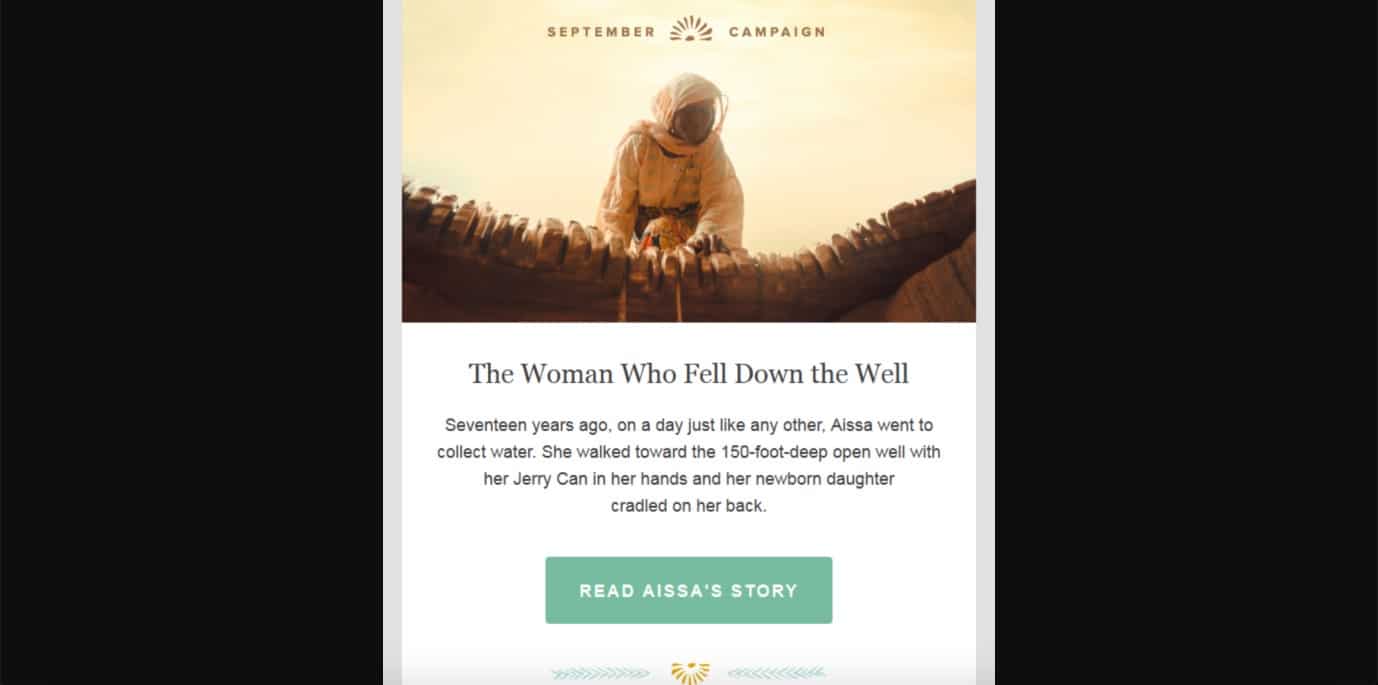
The story of Aissa captivates us as readers. That ‘what happens next?’ element entices us to click further into the newsletter to find out the ending. The clever use of words, captivating imagery, and colors all work in Charity: water’s favor.
Curiosity is the hook to get readers to engage with the content. Remember, the purpose of an editorial newsletter is to get that all-important click. Marketing or sales material is supposed to generate a conversion.
Consider how you can use stories to help you achieve that.
#2. Focus on developing your unique voice
Getting the right tone of voice for your editorial newsletter is crucial.
Generally, keeping the voice light and conversational will ensure reader engagement. No one wants to wade through a newsletter written in the stodgy style of a white paper. That’s especially true when people are scanning their emails first thing in the morning through bleary eyes.
The correct tone of voice is fundamental to the success of any business.
For example, z has a deliberately confrontational style to stand out from the crowd.
See how they address a customer in the email example below. Can you imagine many other companies having the creativity to try this informal, attention-grabbing tone of voice?
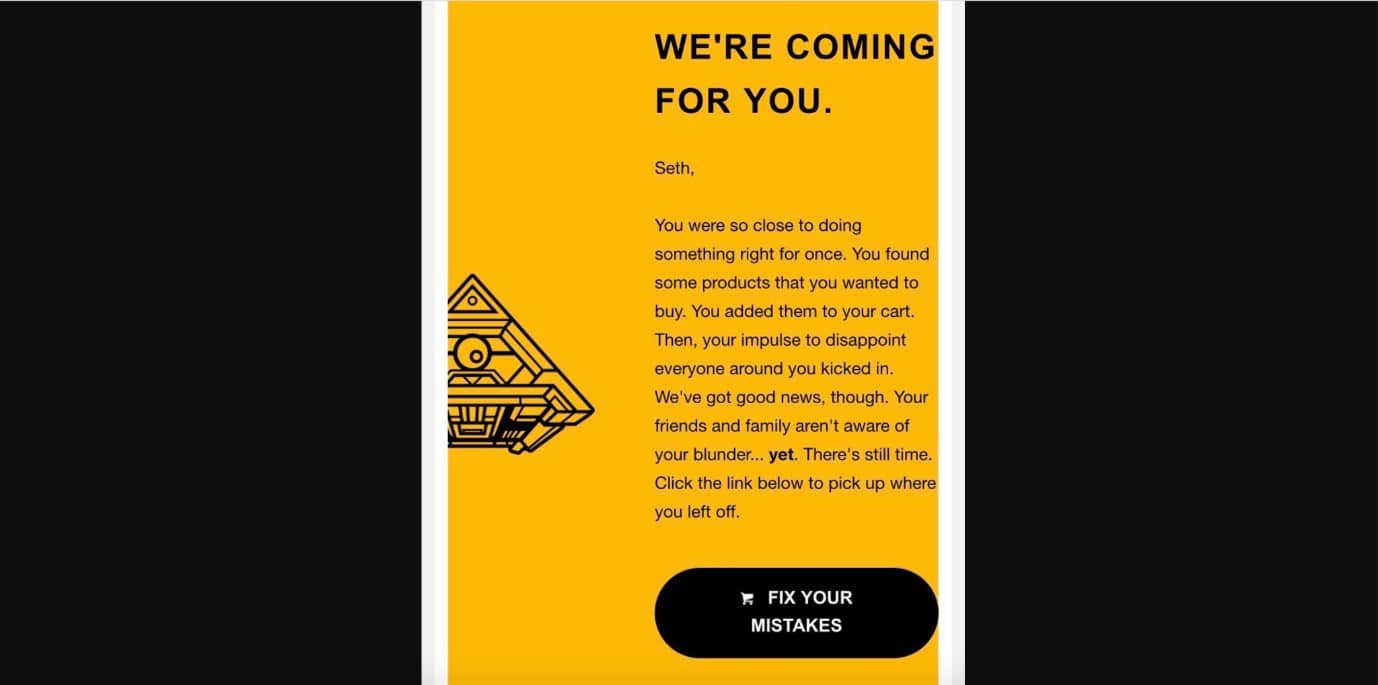
Take dbrand’s lead. In general, it’s better to steer clear of jargon and write how you would speak to a friend.
Copywriters use conversational copy to engage readers and keep their attention. The reason this works? One factor is that you’re mimicking the style of emails a person might receive from friends and family. You’re naturally inclined to be more receptive to this.
Related: Laura Belgray, on writing better emails
Of course, another key reason is that nobody likes to read corporate jargon for fun! Switching things up makes for greater engagement because it goes against the grain.
Don’t drive readers away through a boring, overcomplicated style. There’s no time for unnecessary confusion or waffling. Consider your customer persona and create content that your audience will find engaging. A friendly and conversational style normally works.
#3. Add a personal touch
According to Campaign Monitor, studies have shown that automated emails containing the reader’s name are 26% more likely to be opened. Use this insight to your marketing advantage.
Make sure your newsletters have the personal touch required to increase read and engagement rates.
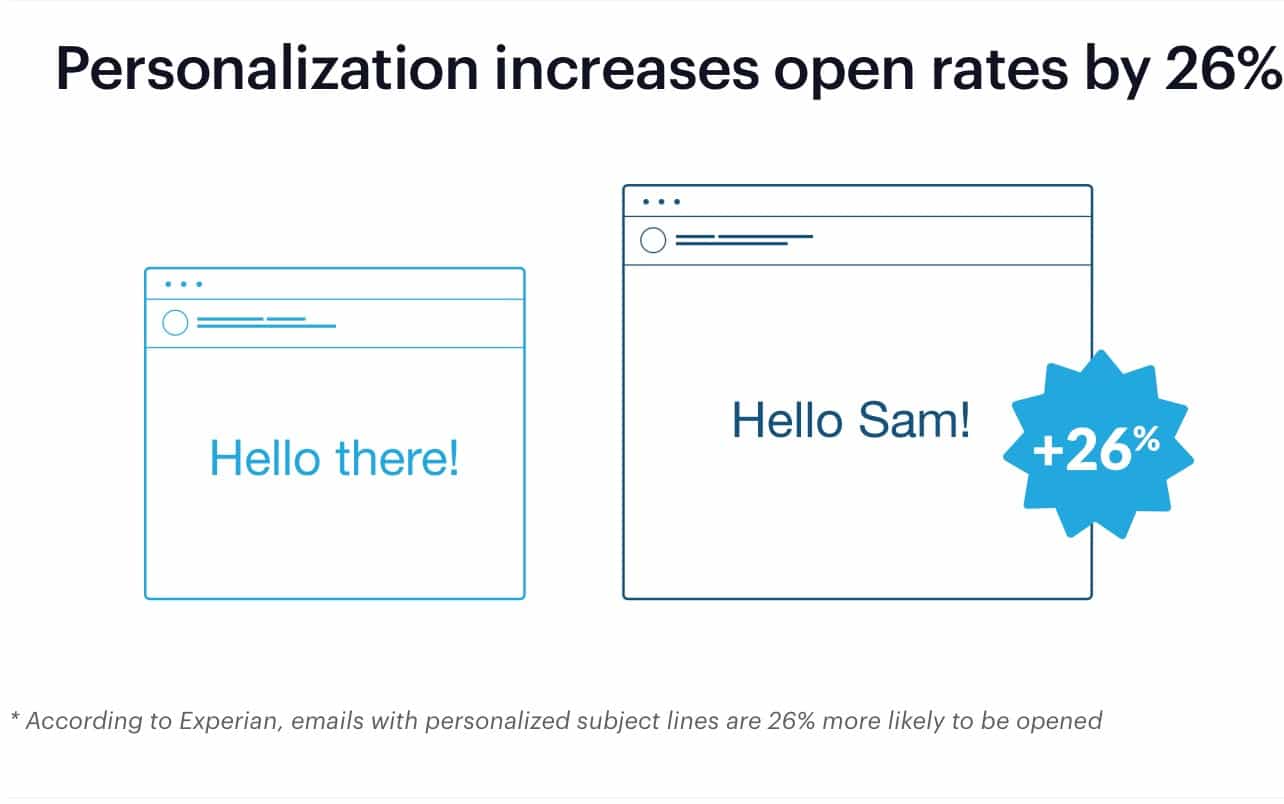
Another technique is to include a personal note from the editor. Or a message from the owner or CEO of the company. That technique demonstrates a brand reaching out to each reader rather than generically producing marketing or informative material.
Notice how Lauren Prescott, CEO of The Codex Corporation, communicates with subscribers in her email newsletter.
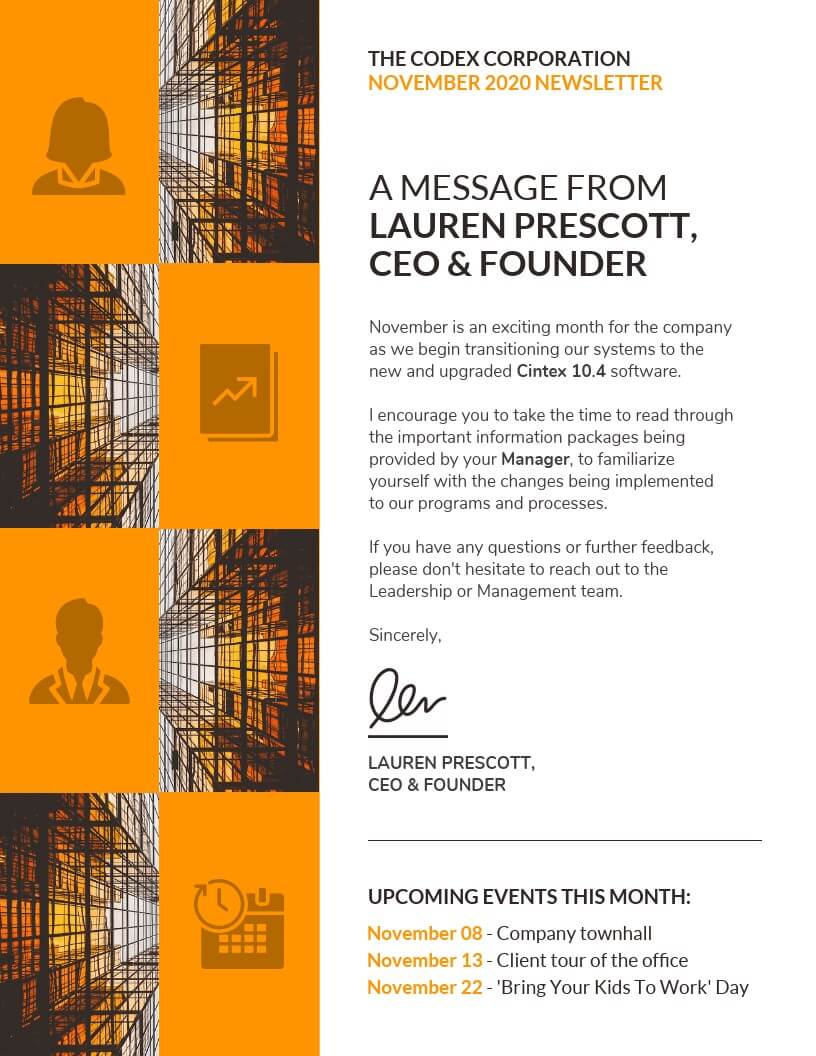
She also uses ‘you’ and ‘yourself’ a lot. Using pronouns helps make the reader feel personally engaged and acknowledged.
Just a few changes here and there in your phraseology can make a big difference to how readers perceive your editorial newsletter. You should know best practices for writing email subject lines as well.
#4. Let your readers self-select
Giving your readers and customers control over the content they receive may seem risky. It is, however, a smart move. Through a preference center, readers get the key to a more personalized newsletter receivership service.
For example, if your company is all about sports, a preference center allows readers to tick boxes on sports they’re interested in. You might have options for basketball, baseball, soccer, among others. Your subscriber will then receive newsletter content that relates to only those sports.
Allowing subscribers to share their preferences will reduce the amount of irrelevant content they receive. That will help increase engagement rates and boost the lifetime subscriber value. Happy readers make for engaged readers. That’s a good outcome for all parties involved.
#5. Craft event-based content
Crafting content around the time of year or holidays is a great way to keep your subscribers engaged. It’s not rocket science. Many people enjoy receiving content that aligns with the time of year.
Check out how Nike made one of the seasonal newsletters both thematically correct and enticing to readers.
Subscribers to Nike are going to be interested in Nike products, especially at Christmas time. Their newsletter has conveniently grouped their products into different price points for readers to choose and buy.
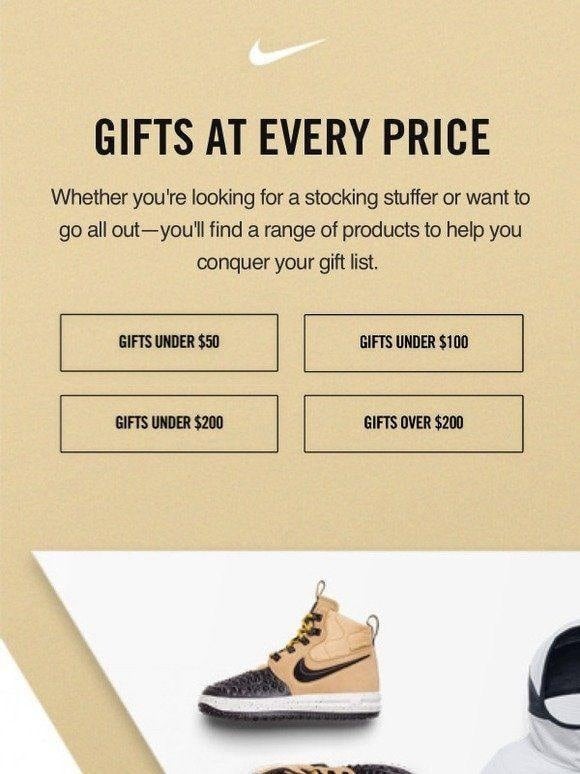
Stay relevant to the time of year. You’ll soon be pulling in greater engagement from your readers and potential customers.
You can also craft your content around breaking news stories or recent trends. Relevancy is the key. Stick to it and see those engagement rates soar.
#6. Focus on mobile readers
There’s a good chance that you open a large portion of your emails through your mobile phone. You’re not alone. A Nieman Lab study showed that 85% of Americans used smartphones to access news, including newsletters via emails.

Making your editorial newsletter format mobile-friendly isn’t just necessary. It’s essential.
Make sure that images are clear. They shouldn’t require any pinch and zoom for the reader to see them clearly. Also, don’t overload your readers with text. The notion “less is more” is even more critical on a mobile device.
Use banner headlines to grab the reader’s attention. Keep your information short and sweet. Think of your mobile newsletter as a snapshot of the desktop version. It needs to get straight to the point.
#7. Track your progress and optimize your approach
Perfecting your editorial newsletters can take a lot of trial and error. Issues such as poor image choices, wrong font type, boring subject lines, and impersonalized greetings are a few reasons why your newsletters might not be achieving high open rates.
Don’t panic if you are struggling to engage subscribers. There’s always room for improvement.
For instance, tracking your metrics reliably will help. That way, you can see what works and what doesn’t. That will give you a clear plan to follow in the future. Just like how marketers track their customer journeys, you can do the same with your newsletters.
After you send each newsletter with email software, monitor your open and click rates. There should be a pattern that engages readers more. That pattern could include a more exciting title or a shorter length that people find easier to read.
Look for the trend. Establish why it’s happening. Then follow through with it for your newsletter to keep a high engagement rate.
Next, you could try A/B testing if open rates are low. Pit two different styles against each other. See which one performs the best. Try tinkering with everything from images, ‘calls to action’, headlines, and type of content. You’ll eventually find a format that works for you (and your readers).
You’ve got the perfect recipe for newsletter success
Editorial newsletters may have been around a while. Judging by today’s engagement rates, they’re not going anywhere in a hurry. These types of emails are a fantastic way of engaging current subscribers and getting new ones to sign up.
So, use the points I covered in this article. You’ll be well on your way to sending out quality newsletters that are impossible to ignore! Keep your content relevant, mobile-friendly, personable, and unique. You’ve got the perfect recipe for newsletter success.
We wish you the best of luck with your brand engagement strategy!
Author: Sam Molony is part of the marketing team at Mailshake. His goal is to inspire people to not just “hang in there,” but to thrive. When Sam’s not publishing or promoting new content, you can find him playing sports and cooking up a storm in the kitchen.
Table of Contents
- What are editorial newsletters?
- #1. Tell a story in your newsletter
- #2. Focus on developing your unique voice
- #3. Add a personal touch
- #4. Let your readers self-select
- #5. Craft event-based content
- #6. Focus on mobile readers
- #7. Track your progress and optimize your approach
- You've got the perfect recipe for newsletter success
